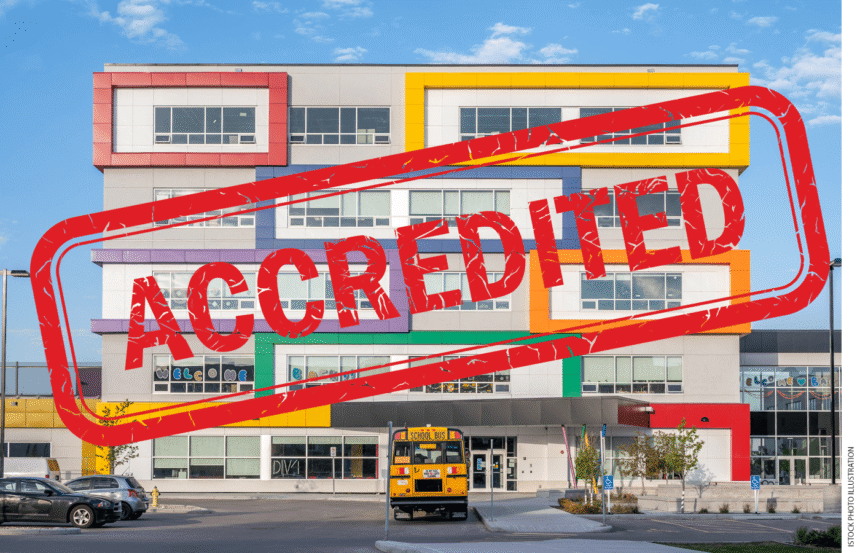A Brief History of Accreditation
The first U.S. accrediting body began in 1885 in New England, when a group of volunteers focused on how to delineate between secondary schools and colleges. They formed the New England Association of Schools and Colleges (NEASC), a membership organization for K–12 and higher education that created input-based standards. (To be a college, for example, the institution had to have at least 8,000 books in its library.)
NEASC also began the peer-review process, in which peers at other institutions would regularly review one another’s missions, resources, and programs, and offer feedback to help them improve. The ongoing process of improvement over time thus became a core value proposition of accreditors. Many more such accreditation agencies formed in the 20th century, as educators and administrators in specific regions, programs, or institutional types banded together in similar quests for self-improvement.
The quality assurance role for accreditors of colleges and universities only began in earnest after the Higher Education Act of 1965 was signed into law. It established federal student loan and grant programs but only for programs at accredited institutions. Congress essentially tasked accreditors with becoming the gatekeeper for federal dollars for the entirety of higher education.
Over time, being accredited was typically understood as a mark of quality—an assumption that was far from the truth. A 2022 report by the Postsecondary Commission found overwhelmingly that U.S. Secretary of Education Arne Duncan was right when he quipped that, “For the most part, accreditation agencies are watchdogs that don’t bite.” Hardly any accreditors penalized schools for poor outcomes.
Although accreditation costs time and money—hours of preparation, hundreds of pages of reports, and thousands of dollars for regional reaccreditation, for example—among the report’s findings were that “low graduation rates, high loan default rates, and low median student earnings did not increase the likelihood that an accreditor would take disciplinary action towards a college.” Only about one in 10 colleges experienced one or more disciplinary actions related to student outcomes or academic program quality.
Meanwhile, upstart institutions like the University of Austin (UATX) and College Unbound have to raise millions of dollars and spend years navigating the accreditation process to get a chance at being approved by what looks like a very chummy bunch of “peers.” With high barriers to entry and seemingly unbreachable guardrails for schools already in the club, accreditation in higher education often seems better designed to protect the status of existing members than the interests of students that those institutions serve. Indeed, the recently passed One Big Beautiful Bill Act takes direct aim at holding colleges accountable in ways that traditional accreditation seldom does, including by limiting student loan amounts and disqualifying institutions from federal funding programs if their graduates’ earnings are too low.







